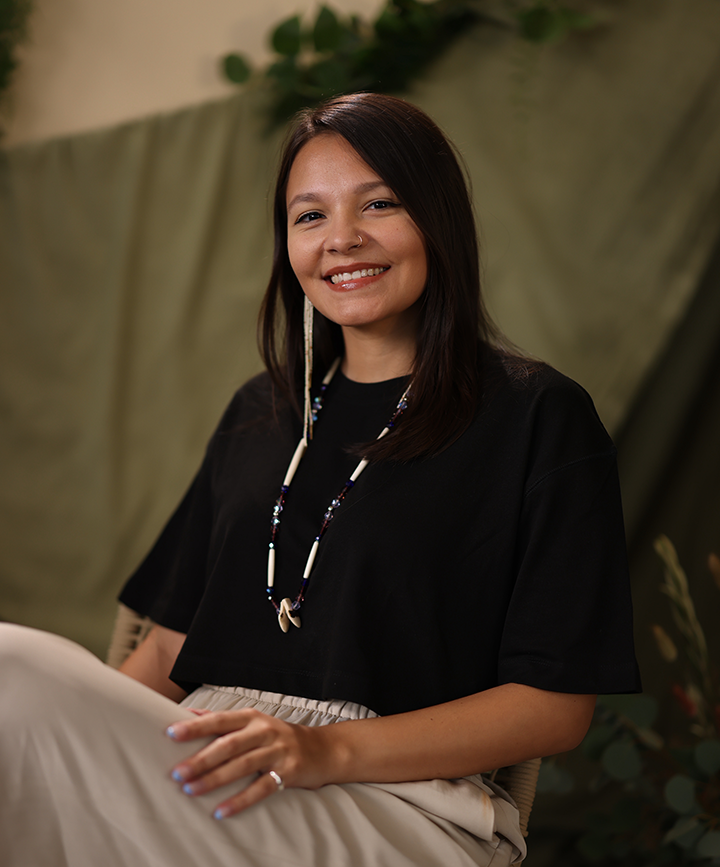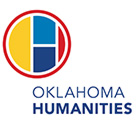
Oklahoma History Symposium
The 2025 Oklahoma History Symposium will be held on May 3, 2025, at the Oklahoma History Center in Oklahoma City. Sponsored by the Oklahoma Historical Society, the symposium is a one-day event encompassing a range of historical topics pertaining to Oklahoma. It provides a venue for scholars, students, educators, public history professionals, and the interested public from across the state and region to share their work and interests with others.
Typical activities include a keynote, historical sessions, exhibitors, a book signing, a meeting of the Oklahoma Historical Society (OHS) membership, and a brief organizational meeting of the OHS Board of Directors.
Keynote Speaker: Loren Waters
Award-winning filmmaker Loren Waters (Cherokee/Kiowa) will be our keynote speaker. Waters will share about her short documentary Meet Me at the Creek, which focuses on Rebecca Jim’s (Cherokee) efforts to restore Tar Creek in Miami. Waters’s experience in the film industry includes directing, producing, and casting for film and television including Reservation Dogs, Fancy Dance, and Killers of the Flower Moon.


This program is funded in part by Oklahoma Humanities (OH) and the National Endowment for the Humanities (NEH). Any views, findings, conclusions, or recommendations expressed in the program do not necessarily represent those of OH or NEH.
Contact Us
Angela Spindle
405-522-0472
symposium@history.ok.gov
Explore Past Events
2024 Oklahoma History Symposium
2023 Oklahoma History Symposium
2022 Oklahoma History Symposium
2021 Oklahoma History Conference (virtual)

